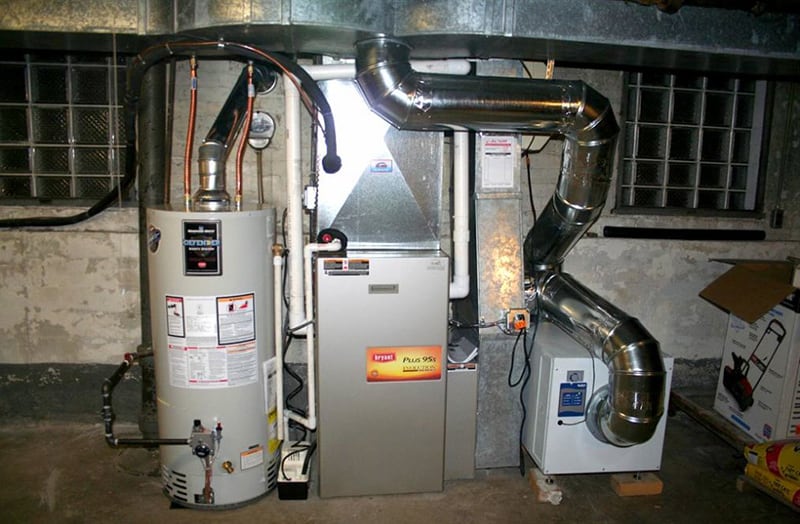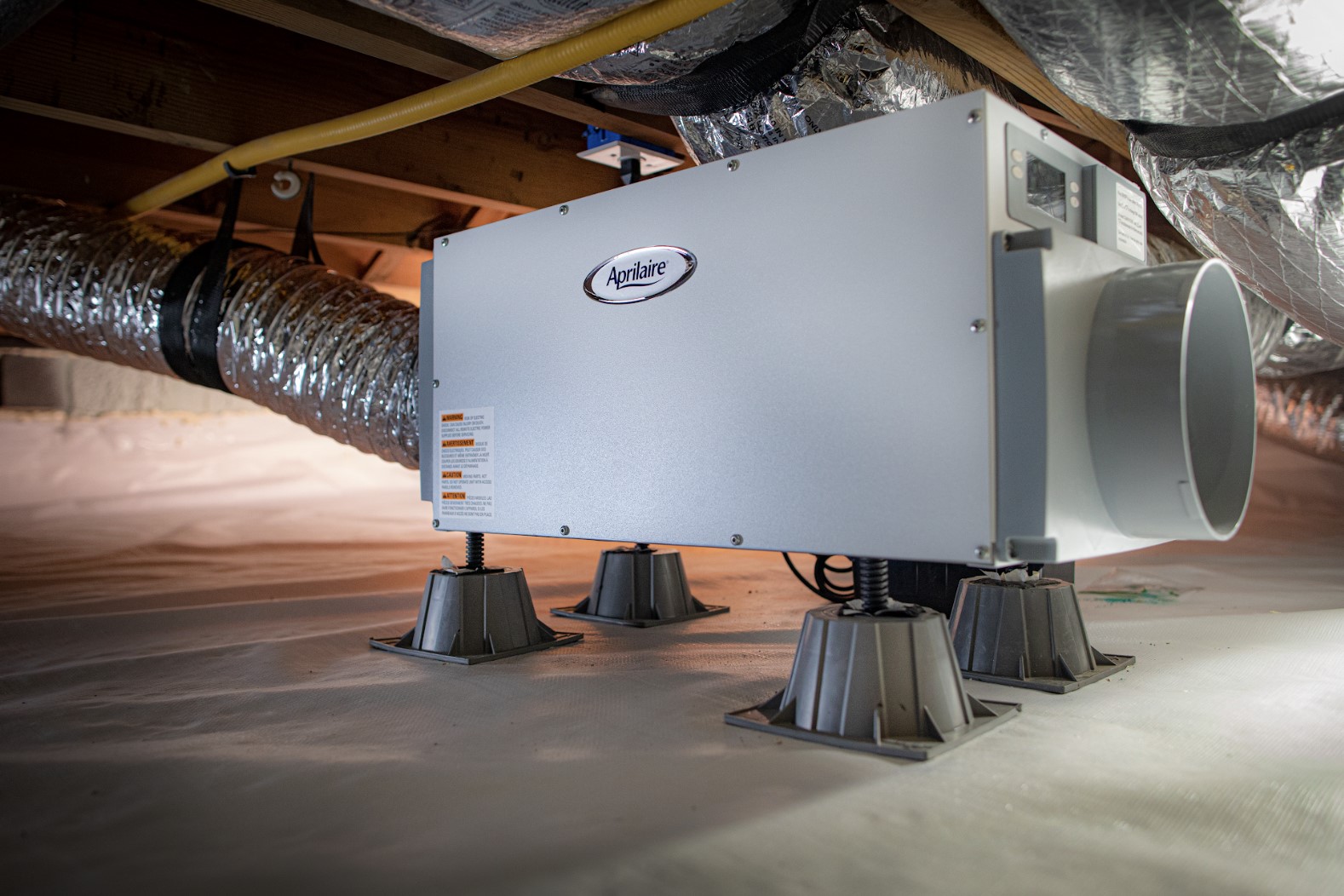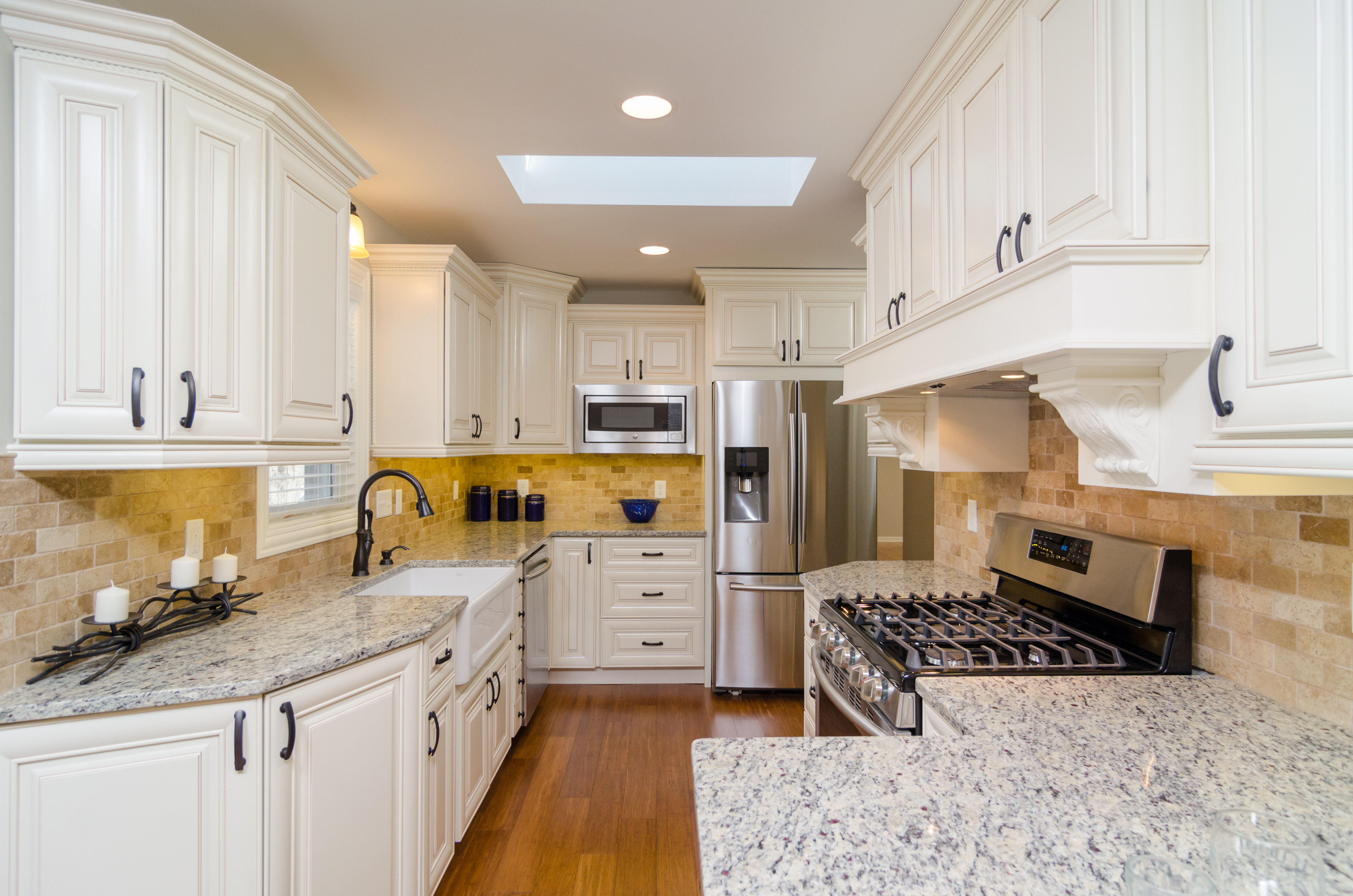Table Of Content

Once full, you have to manually empty out the container in the sink or outside. The EPA and general industry guidelines state that the ideal indoor humidity is somewhere between 30 to 50%RH (relative humidity), and definitely under 60%. Stewart suggests monitoring the moisture levels in every room of your house to determine any problem areas. It only takes 10 minutes to set up before you can start using it, and it worked quickly to get the room’s humidity level down. As a general rule, it’s good to switch the machine off for at least a few hours before you plan to clean it.

Dehumidifiers
Best dehumidifiers 2024: Fight damp, mold and condensation - Livescience.com
Best dehumidifiers 2024: Fight damp, mold and condensation.
Posted: Mon, 15 Apr 2024 07:00:00 GMT [source]
If there aren’t any outlets near your preferred humidifier location or you need to convert old outlets to accommodate your dehumidifier, you will need to hire an electrician to tackle the job. Prices and availability of products and services are subject to change without notice. Errors will be corrected where discovered, and Lowe's reserves the right to revoke any stated offer and to correct any errors, inaccuracies or omissions including after an order has been submitted.
The Best Whole-House Dehumidifiers of 2024 - Bob Vila
The Best Whole-House Dehumidifiers of 2024.
Posted: Fri, 22 Mar 2024 07:00:00 GMT [source]
Vacplus Moisture Absorber Boxes
The AprilAire E080 is the least expensive model on our lineup, yet it still treats homes up to 4,400 square feet and, like its more powerful cousin, it’s also certified by Energy Star for further savings. As with all the Cube models, manual draining takes considerable strength, and you may have to do it daily. A full bucket on the 22-pint model weighs 28 pounds, and to empty it you first have to lift off the 30-pound condenser unit. The Midea 20 Pint Cube is simply a smaller version of the top-pick 50-pint model. It’s got all the features we like about the larger model—and the same handful of shortcomings—but is physically smaller, less costly, and lighter in weight.

Best Dehumidifiers of 2024
In general, to clean your dehumidifier, you’ll need to rinse out the tank every few weeks to avoid any build up. If your dehumidifier has a filter, you’ll need to replace, dust, or wash it as recommended. Our best for garages pick, the Frigidaire 35-Pint Dehumidifier, has a washable air filter that is easy to remove and rinse out.
For more expensive machines, you could opt to bring in a professional appliance maintenance specialist once every year or two, although their main tasks will consist of servicing, changing, or cleaning the filters. While they’re not the noisiest of household appliances, dehumidifiers may create enough of a stir while running to bother you while sleeping or interrupt a conversation. Similar to most air conditioning units, the best dehumidifiers can range between 40–60 decibels, which is approximately the same noise level as a quiet library or a room with background music playing. For areas of 500 to 1,500 square feet, you’ll want to purchase a dehumidifier with a capacity of 34 to 40 pints. For 1,000 to 2,500-square-foot rooms, you should be looking at dehumidifiers with capacities of around 40 to 60 pints. The water tank is smaller than what the machine can absorb, evidenced by the fact that it was full every morning when we left it on overnight.
Can I Leave a Dehumidifier on All The Time?
As a bonus, it has an auto defrost feature to prevent the coils from freezing if your space gets too cold. Still, even though it’s the smallest Cube dehumidifier, its bucket weighs about 28 pounds when full, and the 30-pound condenser unit has to be lifted off before the bucket can be manually emptied. Consider whether those are tasks you can regularly handle if passive draining is not an option in your space. We opted to manually empty this dehumidifier during our testing period, and the process was just as simple as the other models in our list. However, if you do choose to use the built-in pump or continuous drainage options, you will need to purchase a drain hose or use an old garden hose.
A Compact Option Great For Laundry Rooms Or Bathrooms
Best of all, there’s an onboard pump to continuously drain water up to 15 feet away. Humidity doesn't stand a chance within the sprawling 4,500-square-foot radius of this Midea Cube model. This 50-pint dehumidifier can collect a grand total of 4.25 gallons of water in its bucket, which is larger than most other options. That means you’ll have to empty the bucket less frequently, though you’ll need the strength to lift it when it is full and needs to be poured out. Then again, if you have a sink or drain nearby, you can also set it up to continuously drain through the included hose.
The dehumidifier still exceeds all of our expectations, even after months of regular use. While testing this dehumidifier over the summer, the device was so effective that we needed to empty the tank multiple times a day, so you may want to opt for the drainage hose. We appreciated the app, which allows us to change settings from our phone and alerts us when the tank is full or needs to be cleaned. The LG PuriCare UD501KOG5 is a medium-capacity, 50-pint dehumidifier good at drying out midsized spaces. It has an attractive design, a large digital display and a clear water bucket with a large handle.
Hisense 50-Pint 2-Speed Dehumidifier with Built-In Pump ENERGY STAR (For Rooms 3001+ sq ft)
If you are looking for a particularly portable dehumidifier that you can take from room to room with ease, turn to this pint-sized option. Small though it is, the device is purportedly capable of capturing 9 ounces of water per day from a 215-square-foot area, and storing it in a 16-ounce tank. That means you can have it running continuously without worrying about the tank overflowing for a few days. Plus, when it is full, the dehumidifier will automatically shut off and a LED light will turn on to indicate that it’s time to empty it. Performance wise, this model can remove up to 50 pints of water in a given day and claims to work in spaces as large as 4,500 square feet.
It can remove up to 50 pints from the air per day, depending on humidity conditions and the size of your room, though it does claim to work in spaces as large as 4,500 square feet. If you’re on the lookout for a heavy-duty dehumidifier for larger projects, then the BlueDri should be a top choice, says Nitrio. It can also dry up to 4,000 square feet and includes a 38-foot drain hose that can automatically pump water up to 16 feet in height so you can direct water out of a window if necessary. Moisture removal capacity between 40 and 50 pints per day tends to be the sweet spot for dehumidifiers, our experts say, since those models offer the best combination of value, performance and efficiency.
That works well if the dehumidifier is installed in a basement or utility room next to the HVAC unit because the HVAC unit also produces condensed water that requires a drain. It doesn’t work as well when there’s no space to locate the dehumidifier next to the HVAC unit. This is where the advice of an HVAC professional can come in handy because the goal is to have sufficient airflow to process the air in the home quickly and efficiently. On the other hand, if the airflow exceeds what is needed, the unit can remove too much moisture, resulting in dry, itchy skin and higher-than-necessary utility bills from operating an oversize unit. Keep in mind that there is no such thing as a portable whole-house dehumidifier, because these units are designed to install on the return-air ducting of the home’s HVAC system. We do not recommend using dehumidifiers in bathrooms, however, because of the risk of electrical shock.

No comments:
Post a Comment